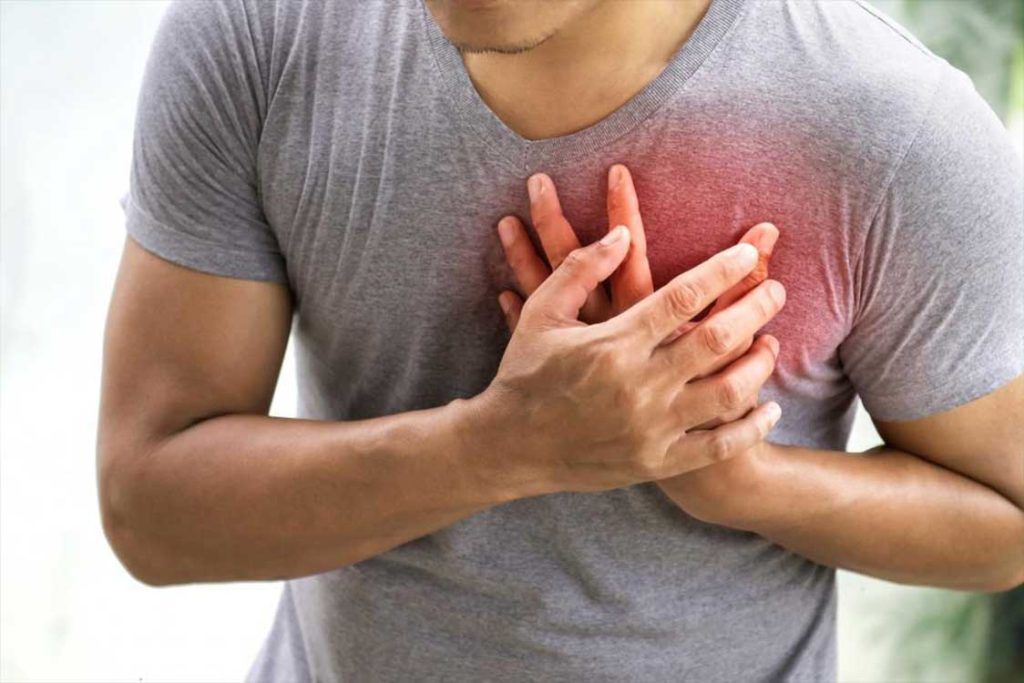
Know The Early Symptoms & Treatment of Heart Attack
A heart attack, also known as a myocardial infarction, occurs when the blood flow to a part of the heart muscle is blocked. This can cause damage to the heart muscle and can even be life-threatening. In this blog, we will discuss the various symptoms and treatments of a heart attack.
Symptoms of a heart attack: The most common symptoms of a heart attack include:
- Chest pain: This is the most common symptom of a heart attack. The pain may feel like a tightness, pressure, or squeezing sensation in the chest. It may also spread to the arms, back, neck, or jaw.
- Shortness of breath: Heart attack can cause shortness of breath, especially when resting or doing light activities.
- Nausea and vomiting: Some people may experience nausea and vomiting during a heart attack.
- Sweating: Heart attack can cause excessive sweating, even if the person is not exerting themselves.
- Lightheadedness or fainting: Some people may feel lightheaded or faint during a heart attack.
Treatment of a heart attack: The treatment of a heart attack depends on the severity of the symptoms and how quickly the person receives medical attention. The most common treatments for a heart attack include:
- Medications: Medications such as aspirin, nitroglycerin, and thrombolytics may be used to help dissolve the blood clot and improve blood flow to the heart.
- Angioplasty and stenting: This is a minimally invasive procedure in which a catheter is inserted into the blocked artery to open it up and improve blood flow.
- Coronary artery bypass grafting (CABG): This is a surgical procedure in which a healthy blood vessel is taken from another part of the body and used to bypass the blocked artery.
- Cardiac rehabilitation: This is a program of exercise, lifestyle changes, and medications to help prevent future heart attacks.
Prevention of a heart attack: While it is not always possible to prevent a heart attack, there are some steps that you can take to reduce your risk. These include:
- Quitting smoking: Smoking is a major risk factor for heart attack and other cardiovascular diseases.
- Eating a healthy diet: A diet that is low in saturated fat, trans fat, and cholesterol can help reduce your risk of heart attack.
- Exercising regularly: Regular exercise can help reduce your risk of heart attack and other cardiovascular diseases.
- Managing stress: Stress can increase your risk of heart attack. Finding healthy ways to manage stress, such as meditation or yoga, can help reduce your risk.
- Controlling high blood pressure and high cholesterol: High blood pressure and high cholesterol are major risk factors for heart attack. Controlling these conditions can help reduce your risk.
In conclusion, a heart attack can cause a range of symptoms, including chest pain, shortness of breath, nausea, and lightheadedness. Treatment for a heart attack depends on the severity of the symptoms and how quickly the person receives medical attention. To reduce your risk of heart attack, it is essential to quit smoking, eat a healthy diet, exercise regularly, manage stress, and control high blood pressure and high cholesterol. If you experience any symptoms of a heart attack, it is important to seek medical attention immediately.